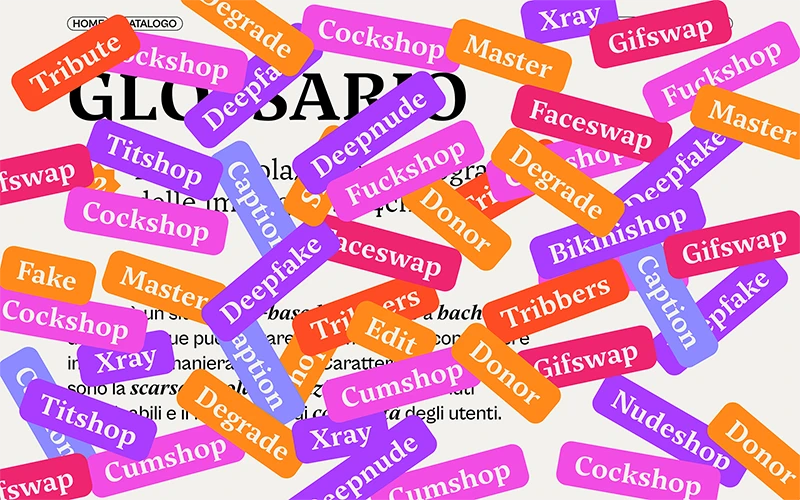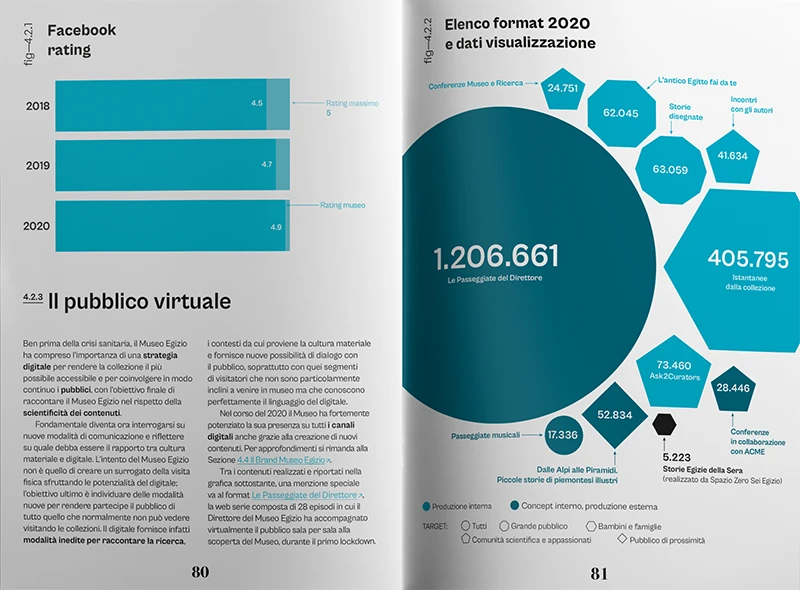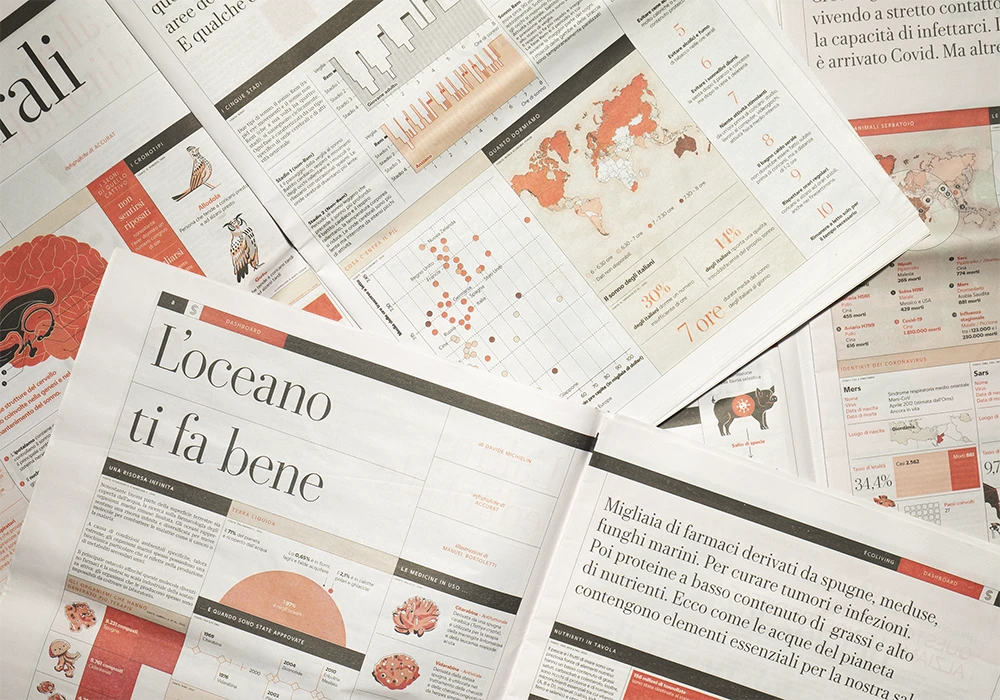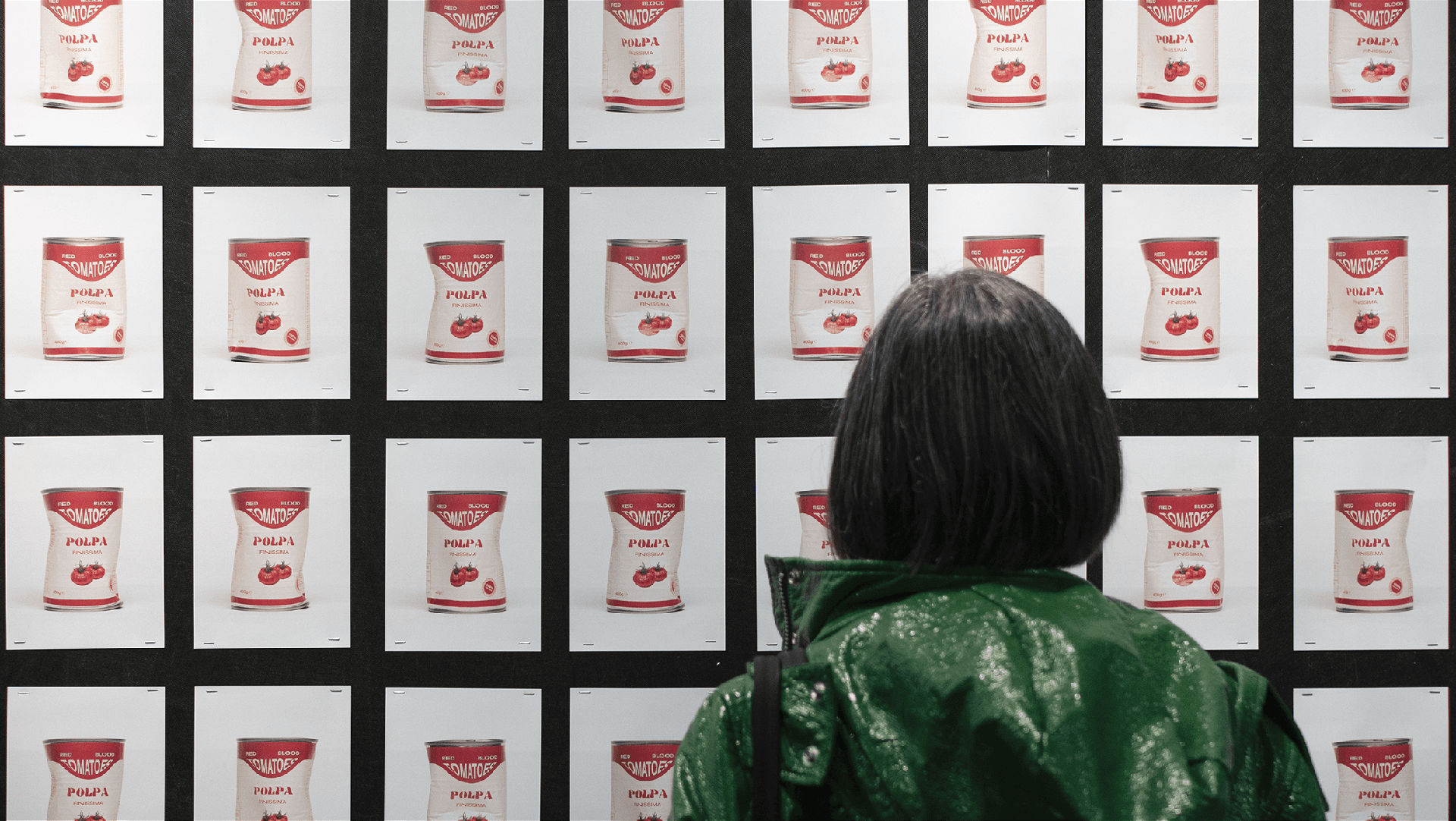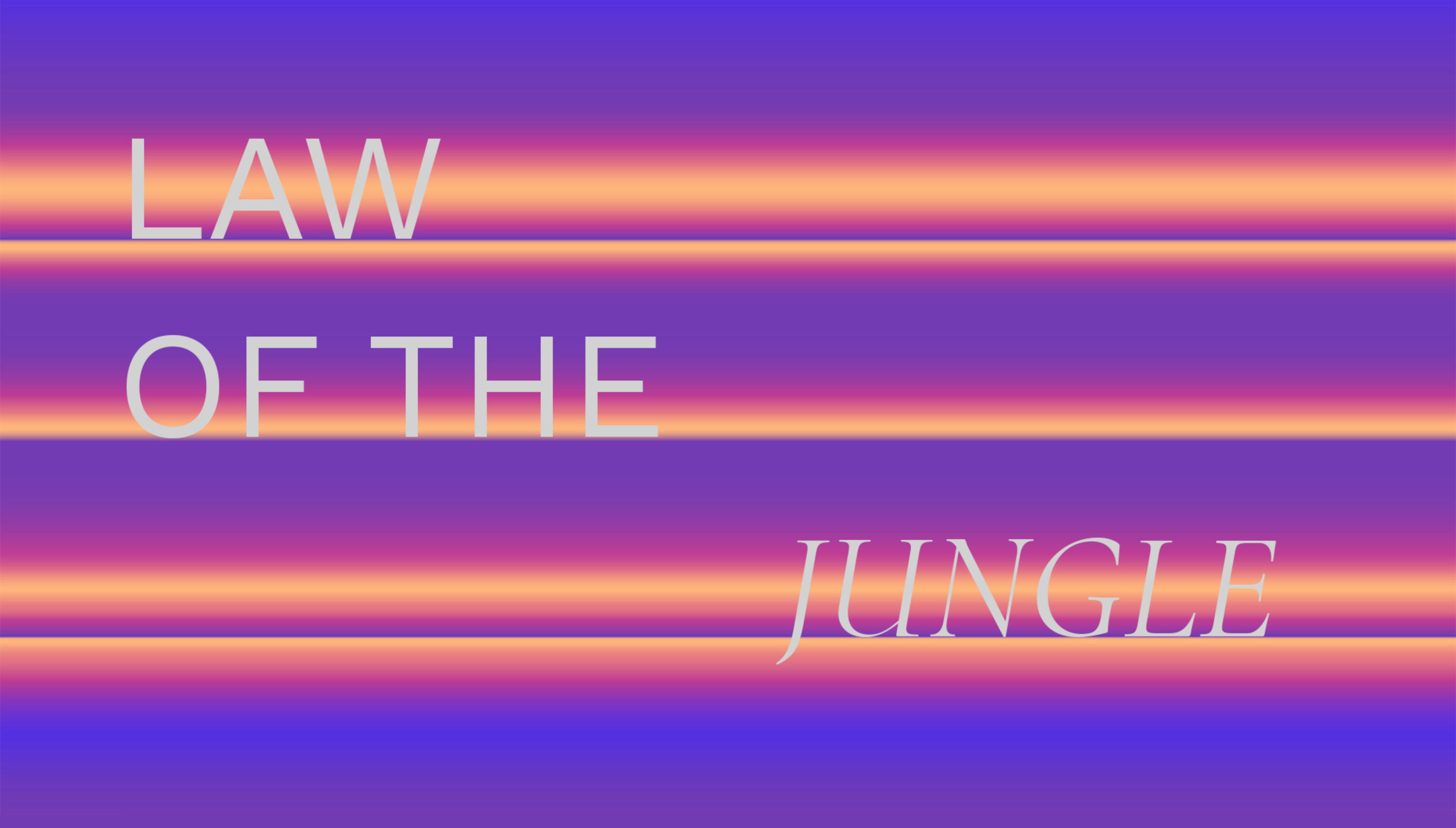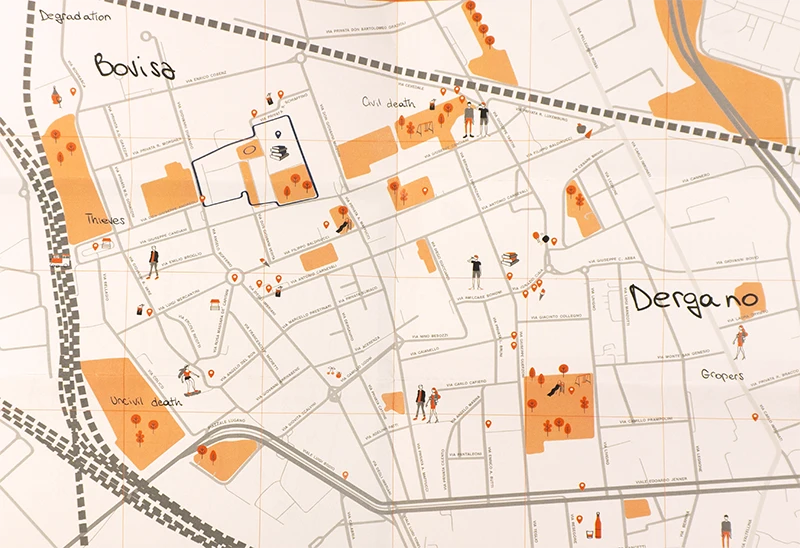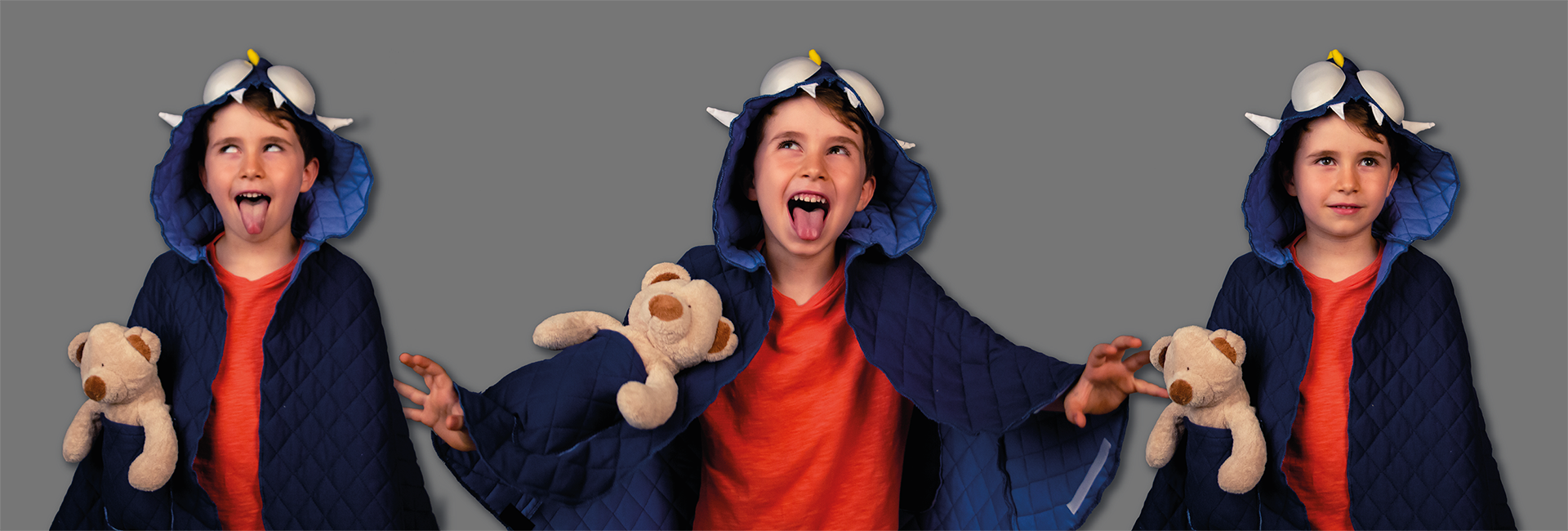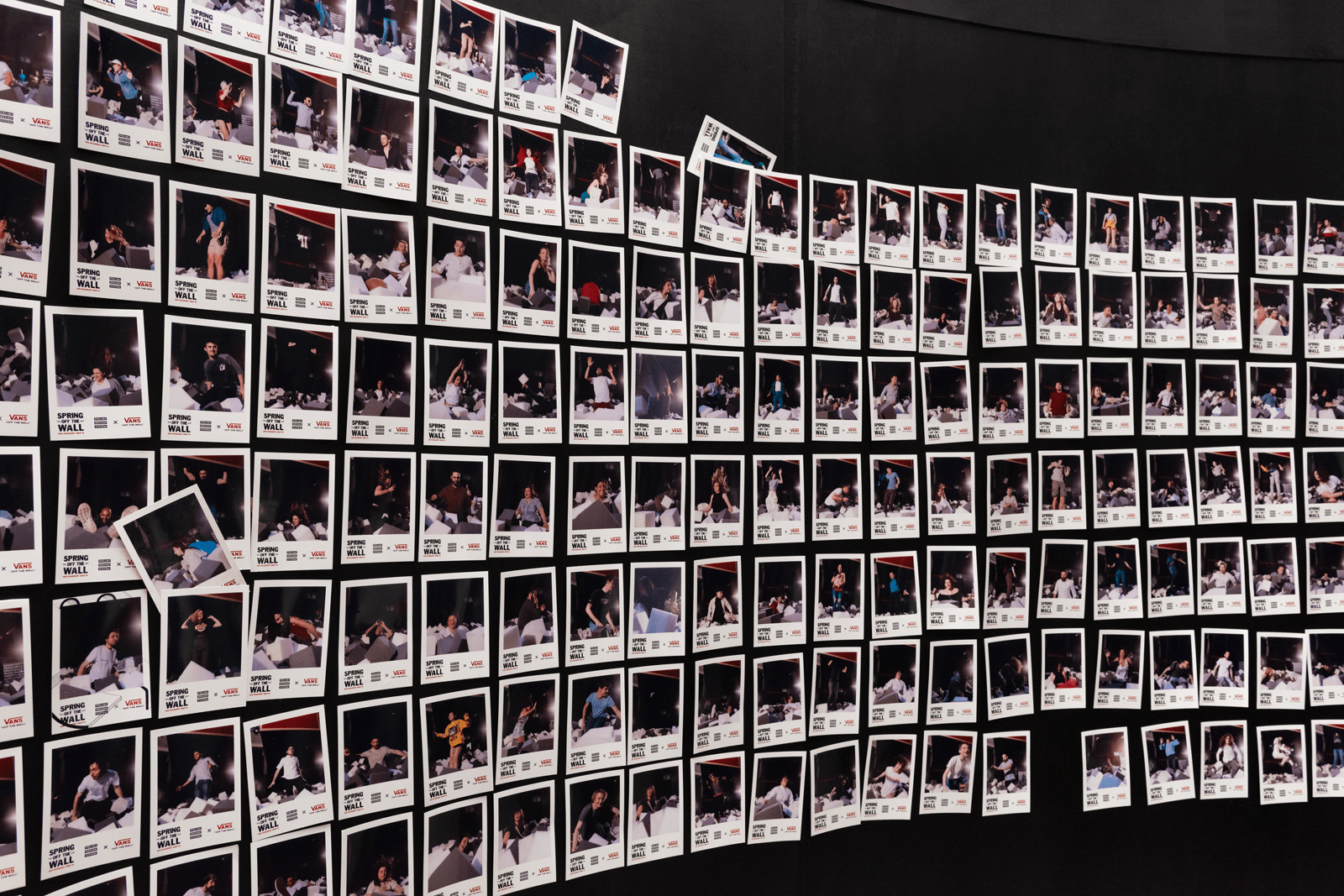+30 local realities involved
+50 riddles and minigames created
15 posters, +30 flyers, and postcards designed
Project Language
English
My role
I played a key role in concept development and storytelling, creating and writing lines for a character, and conducting research on the local community, which led to the design of all the routes within the neighborhood. I crafted artifacts and riddles related to locations, both on-site (posters, flyers, and stickers encountered by users along their journey) and in the journal (maps, articles, and postcards).

Context
We were tasked with creating an interactive narrative—a digital experience where users influence a storyline through their actions—by transmedially translating the novel Petronius by Marcel Schwob.
A core concept of this story is the theme of exploration, evading one’s wealthy life to explore suburbs deemed sketchy, and interacting with various people from different backgrounds and social classes. This theme resonated with us because our university is located in a former suburban neighborhood with a bad reputation. We reimagined Petronius’ story in a contemporary, mildly dystopian Italy set in Bovisa, Milan.
We translated this into a location-based mobile game. The game was conceptualized to encourage university students to explore their surroundings and community activities through an engaging, narrative-driven experience, transforming their perception of it from a mundane area to a vibrant community with hidden gems waiting to be discovered.
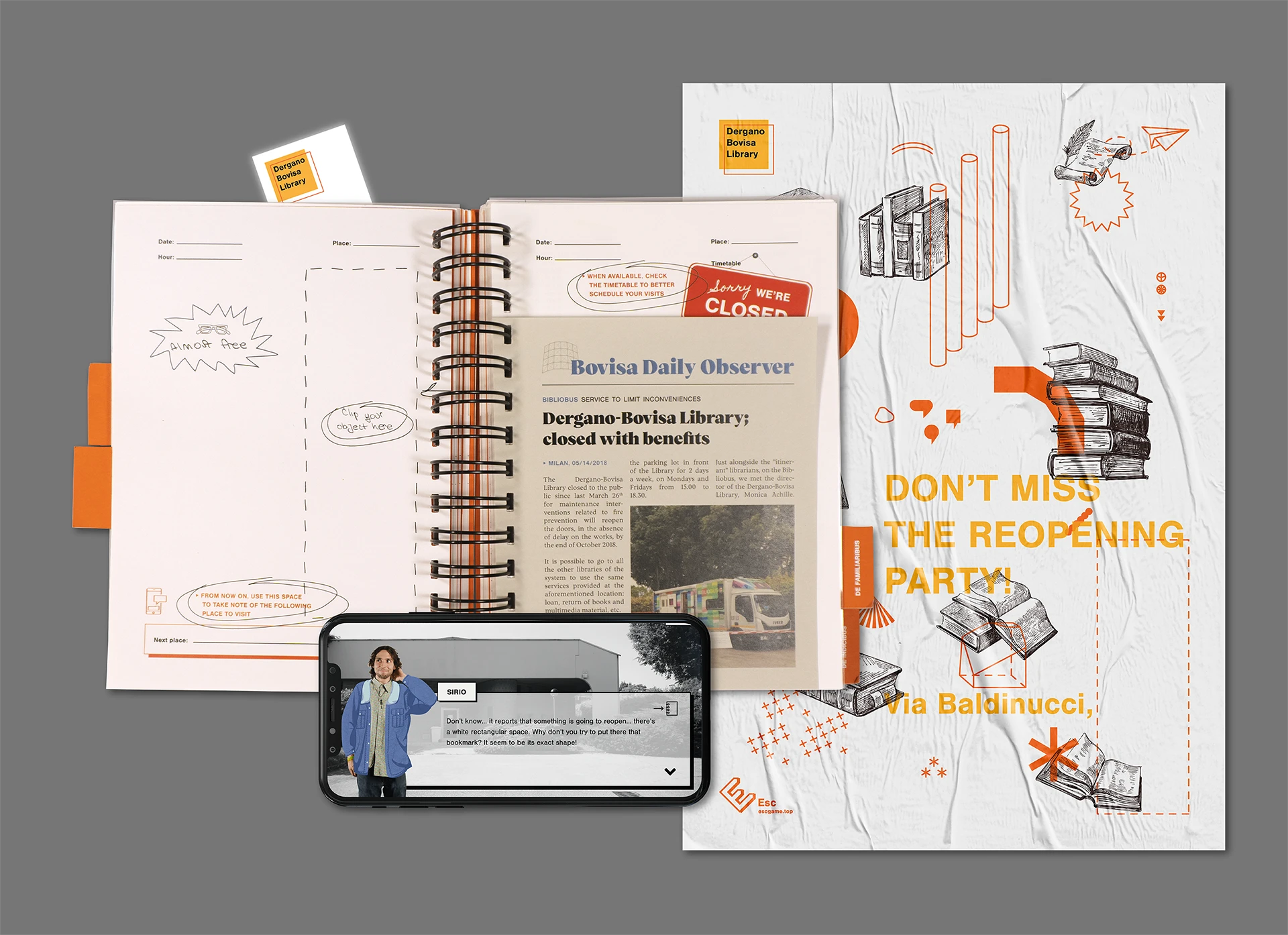
Goal
To create an interactive narrative combining physical and digital media, allowing players to influence the storyline through their actions and immerse users in the university neighborhood.
Process
- Developed original storytelling, with storylines and dialogues for the characters, and designed routes incorporating significant local realities.
- Designed the artifacts system and visual identity, creating printed artifacts.
- Developed the game’s mobile app and integrated geolocation features.
- Conducted iterative testing sessions to ensure narrative consistency and refine the user experience.
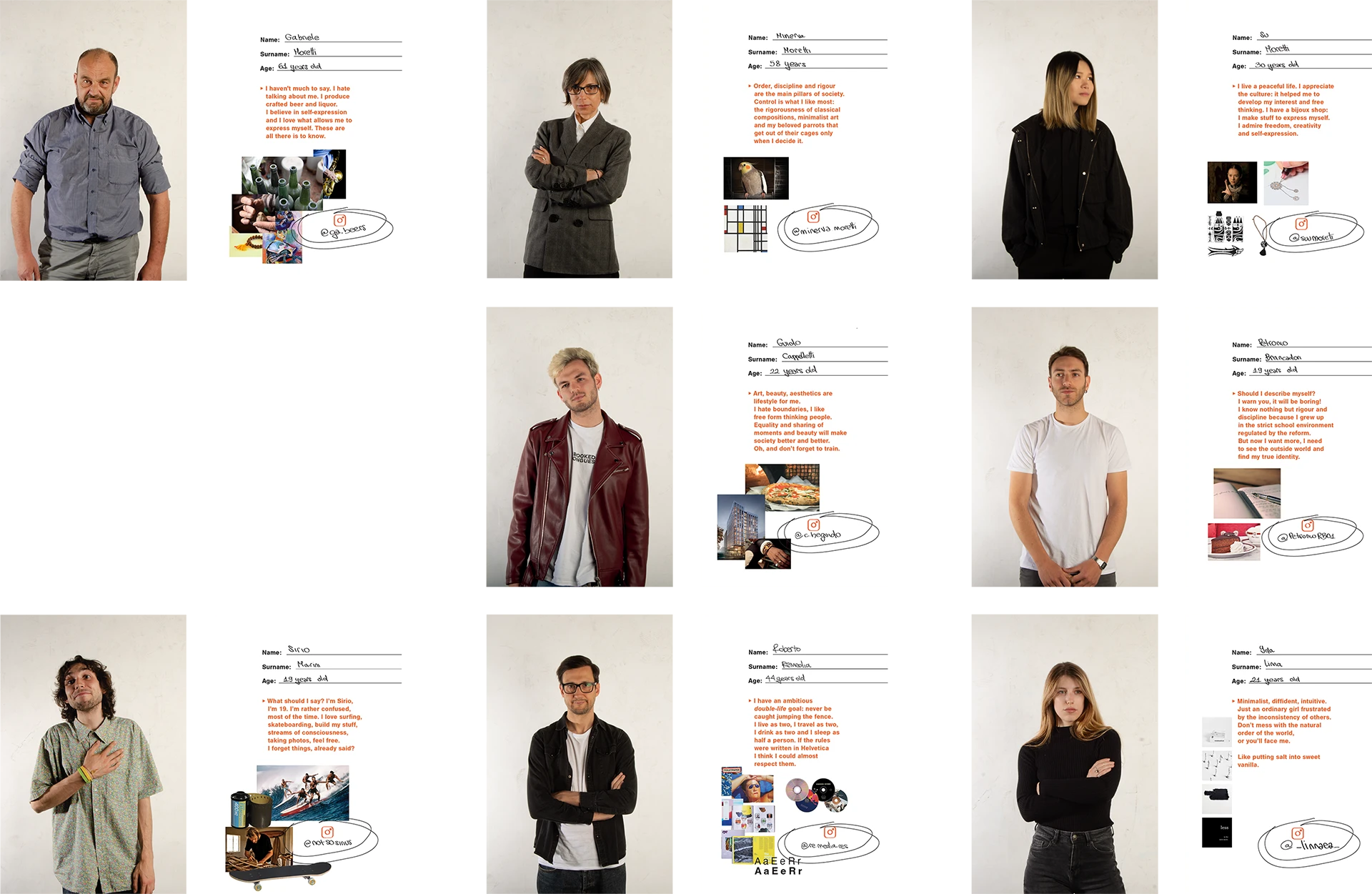
↑ Character cards with their basic information
We began with storytelling, developing the worldbuilding, story arc, and character storylines. We wrote dialogues for the characters, and I gathered data about local community realities to determine which to include and design the routes for characters and players. I researched the Bovisa suburb, gathering information on over 30 locations, including commercial activities, events, communal locations, and street art spots. Each was selected for its cultural relevance or significance within the neighborhood.
Interactive narrative structure
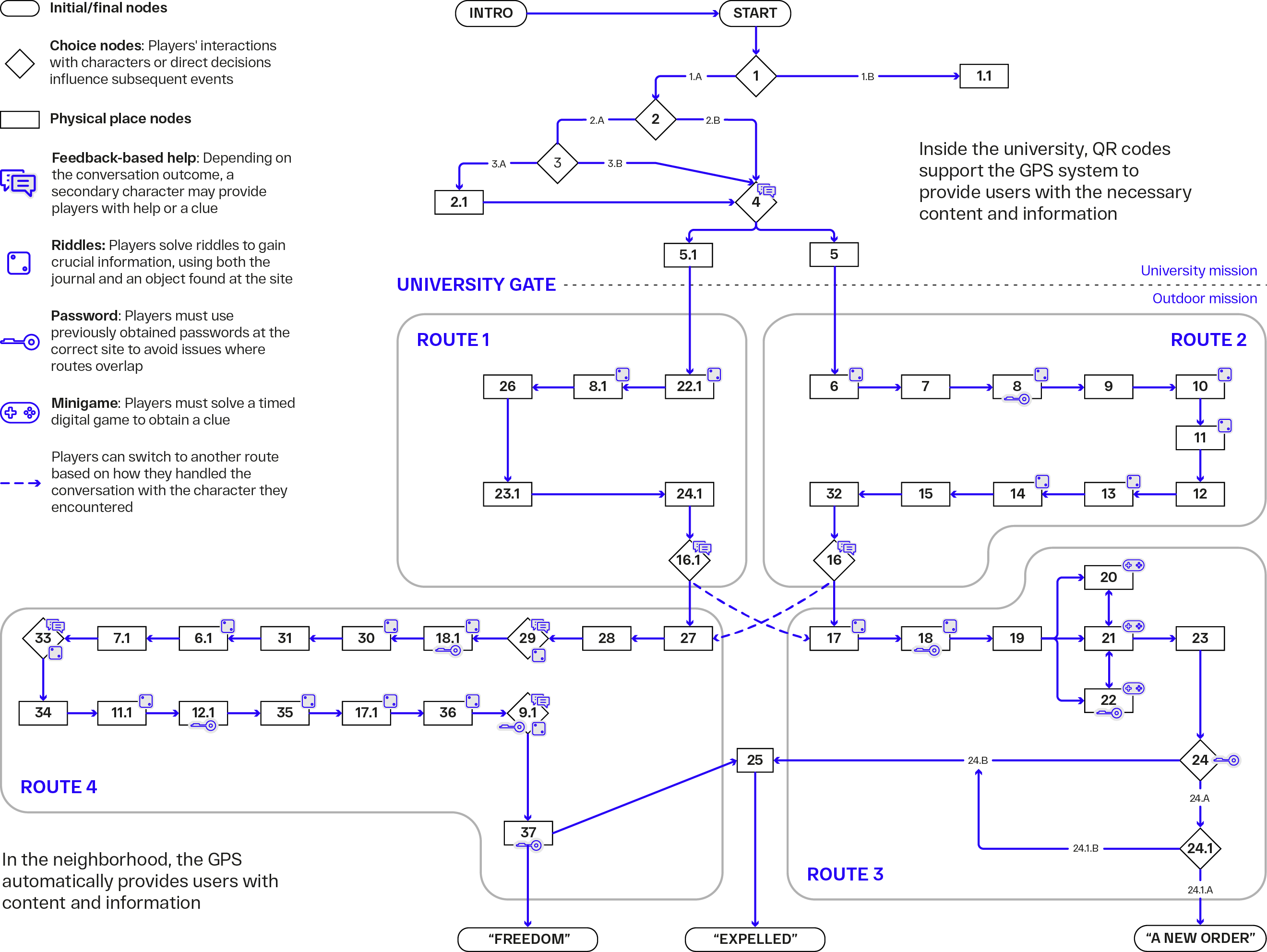
To ensure players discover Bovisa and interact with the locations, we created catchy and tricky elements that would spark curiosity about the history while requiring visits to specific locations. The game progresses through clues revealing the next location one by one, creating a system of riddles and minigames, each with two parts: one in the player's hands and one only findable at the specific location. This approach allowed us to develop a fun yet structured game.
Given this, it was natural to design the game with a combination of digital and physical artifacts that players need to interact with.
Media structure and related user experience
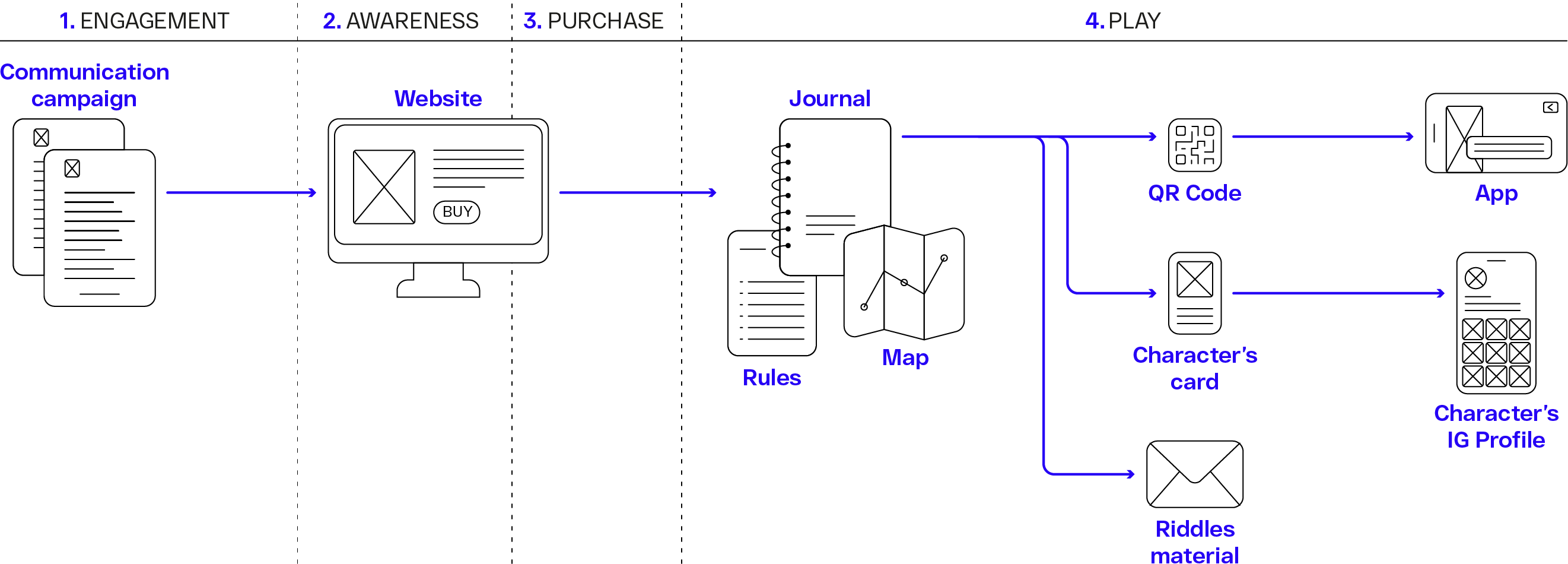
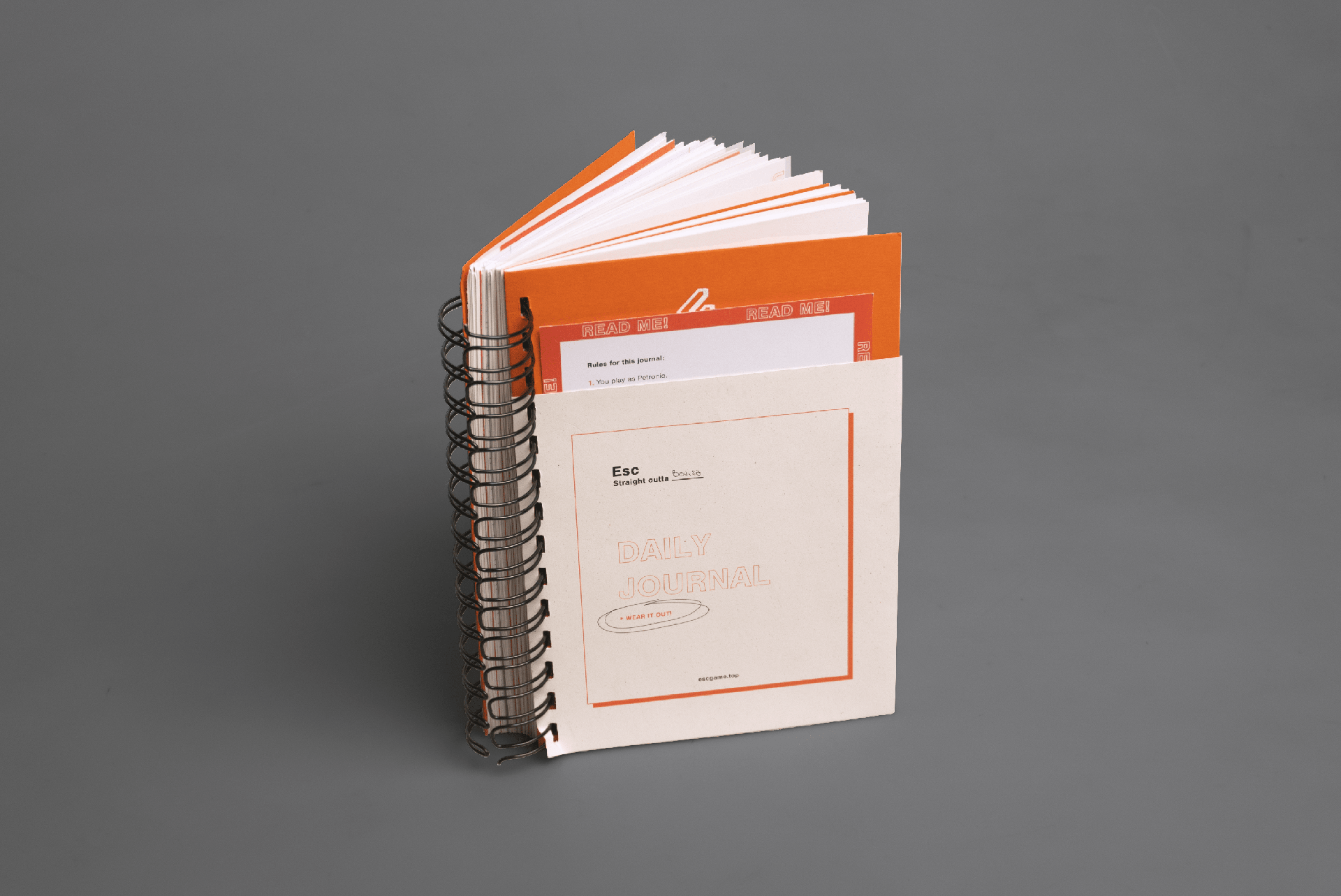
↑ The journal includes the rules, the map, and all other essential materials.
Outcome
“Esc” is a location-based mobile game we designed and developed, combining a mobile app and a daily wrecking journal to guide players through the game. Players assume the role of the protagonist, making choices that influence the narrative and uncovering artifacts essential to the storyline. The narrative unfolds in episodes, with players’ actions dictating different routes and endings. Each scene features photos, dialogues, and multiple choices leading to different conclusions. Supplementary content, including newspaper articles, character cards, and Instagram profiles, enhances user immersion in the narrative.
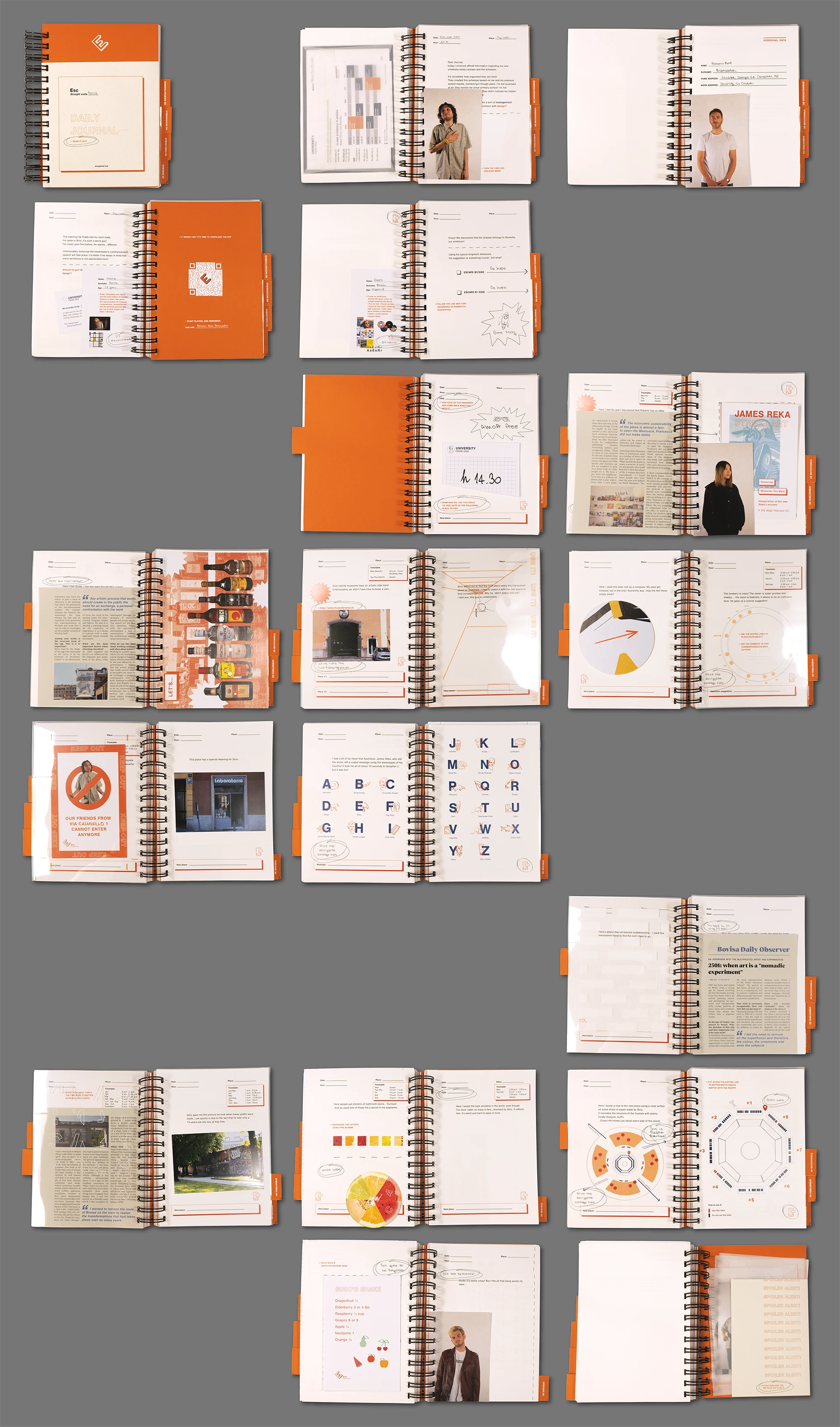

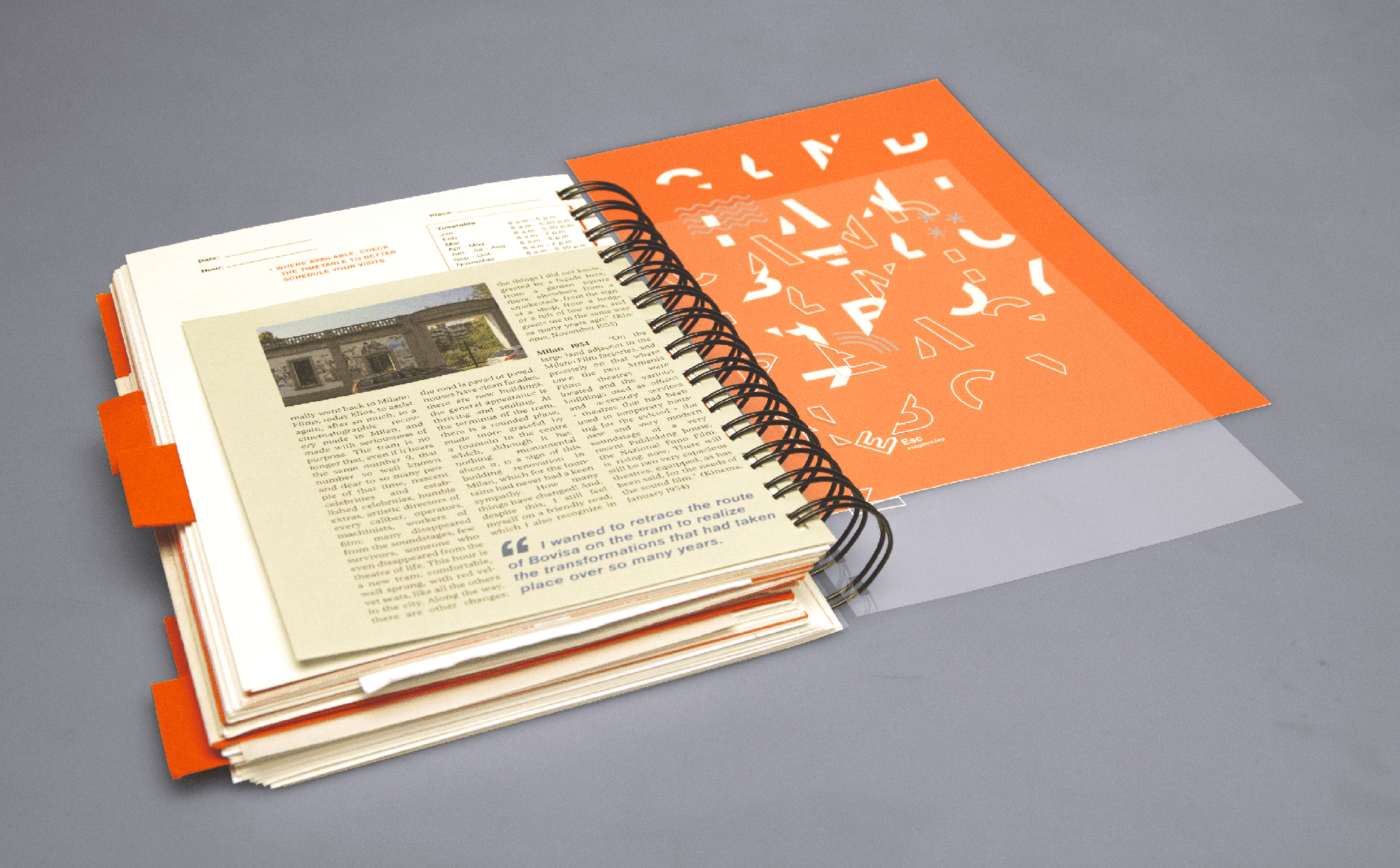

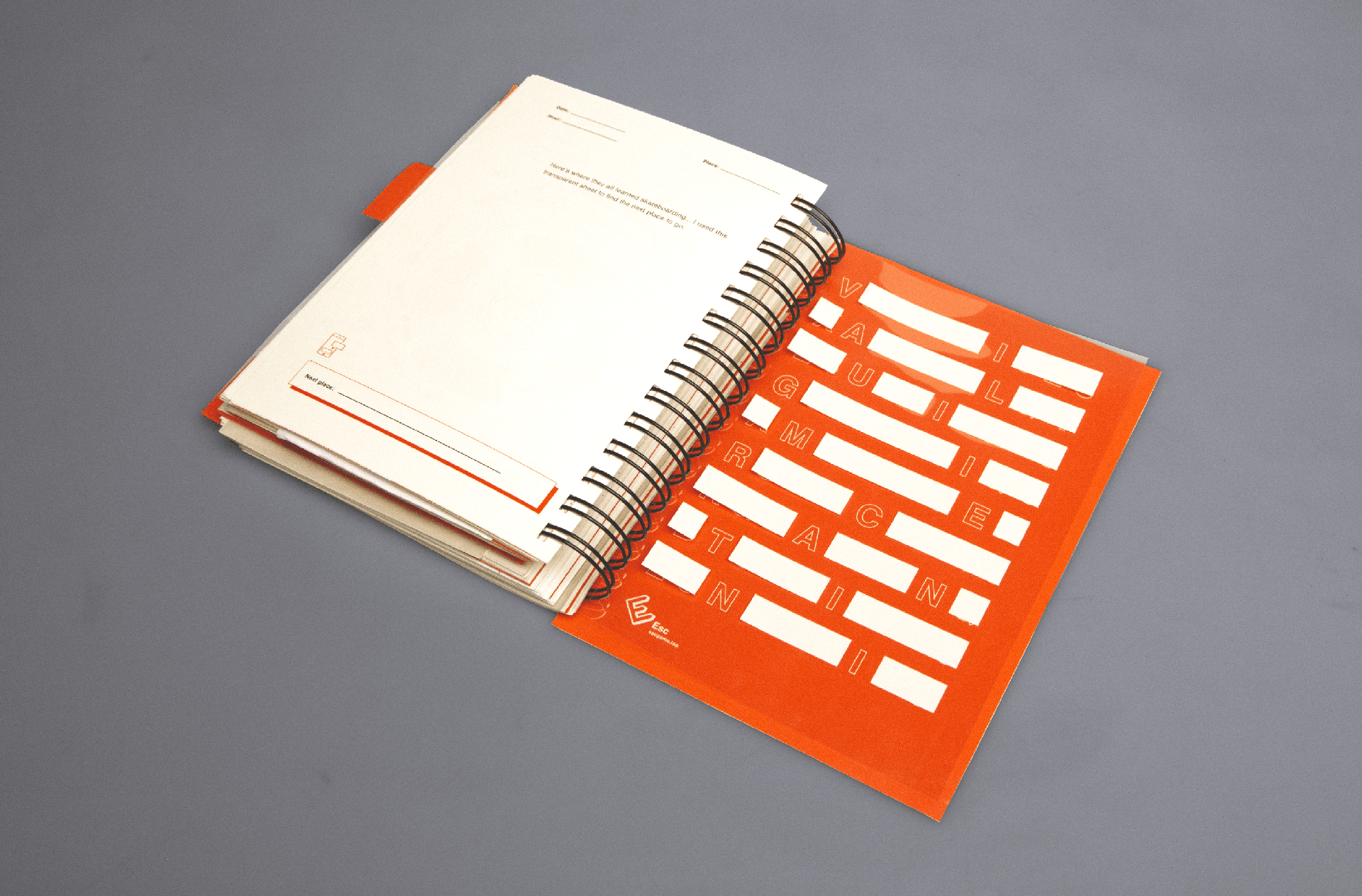
We designed the media structure regulating the first interaction of the players with the game—from awareness to play—beginning with promotional posters. After purchase, players receive a kit comprising the wrecking journal with all the physical content and a QR code to download the app.
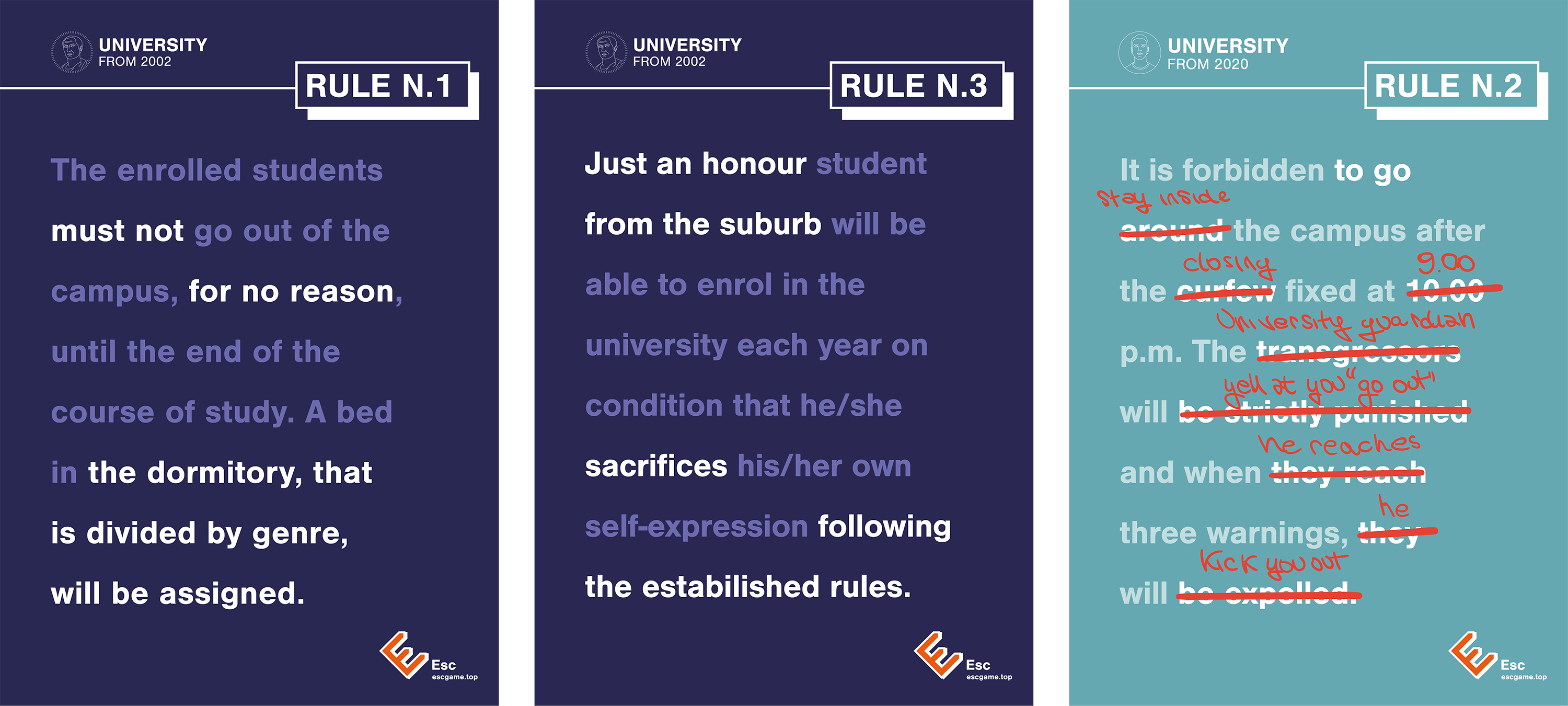
↑ Promotional posters
Result
The project successfully created a multimedia narrative that connects the digital and physical worlds, offering an engaging and immersive experience. "Esc" was well-received for its innovative approach to interactive storytelling and its ability to transform everyday environments into exciting adventures. The game prototype demonstrated the potential for adaptability to various university areas, providing a model for future location-based games.
Skills: Game Design, Graphic Design, Visual Design, Editorial Design, UX/UI Design, Prototyping, Brand Identity
Team: Leonardo Codamo, Riccardo Negretti, Anna Gazza, Eleonora Rossetti, Barbara Vanoli
